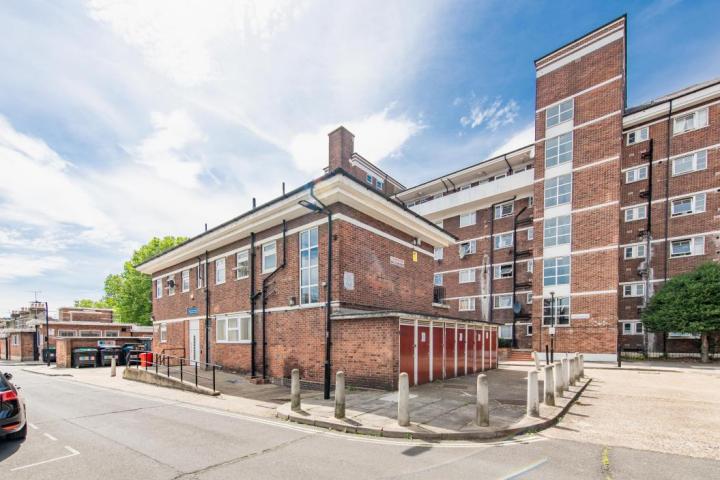It was a moment of great drama when long-time former Labour Group Leader, Paul Dimoldenberg, won his nemesis Shirley Porter’s old seat of Hyde Park Ward last May and Labour took control of the council that had once been notorious for her ‘Homes for Votes’ policy in the 1980s.
Labour arrived at City Hall with a detailed Manifesto and a raft of housing commitments. One promise was to establish a Housing Review as part of the ‘Future of Westminster Commission’. Strong groups of experts were appointed to fundamentally examine housing supply and homelessness and a new citywide Residents Panel was appointed to look at how to improve the management of the council’s own homes.
The Review started by studying in detail the pipeline of schemes on the council’s own land, quickly re-setting the relationship between Westminster and the London Mayor, leading to the council gaining over £60m extra in grant in addition to a major increase in the use of its own resources. Scandalously, the Tories had refused to hold ballots on the two big regeneration schemes, Church Street and Ebury, meaning that they did not qualify for grant. By going out to residents and explaining our strategy we held very successful ballots, gained tens of millions of extra grant, and increased the number of social rent homes in these two projects by 158. Overall, we added over 300 council homes for social rent in current Council building schemes.
The current state of play is that over the course of this council term (to 2026/27) we are on course to build over 1000 social rent homes (nearly 700 net taking account of reprovision) on our own land, alongside around 200 new homes for intermediate rent. Our longer-term pipeline contains many more truly affordable homes, and we are continuing to look for ways to strengthen this position further. Council homes for social rent on council land is our mantra because we have around 3000 households in temporary accommodation and over 4000 on our housing register and, when it comes to building social rent, land we already own gives us the best bang for our buck.
Despite all our efforts we will only put a dent in the problem rather than solving it – only sustained government action over a decade and more will do that. But every home provided means a family or individual has a real opportunity to build a life in a genuinely affordable home.
There is no silver bullet on housing supply. We have made a good start on our own land, but we will leave no stone unturned to try to get more truly affordable homes. For example, we have embarked on a revision of the City Plan to get more truly affordable homes out of the planning system (for example by requiring small luxury developments to contribute to tackling the housing crisis) and we are talking to the city’s registered providers about what more they can do.
There is also great urgency to tackle the crisis in temporary accommodation (TA) that we inherited, especially as homelessness is likely to grow as the housing market deteriorates. We are putting around £170m into acquisitions for temporary accommodation which should provide around 270 homes either in the city or within a 30-minute bus journey. We will inevitably still rely on procurement of private rented homes, but we are determined to try to make sure they are of a decent standard and as close to support networks as possible. This is not at all easy, given that the Government’s frozen local housing allowance means less than 0.5% of homes in Westminster are affordable for those reliant on housing benefit.
We are also working on improving the package of support to households in TA to reduce the impact it has on them, and especially on children.
Even people on decent incomes struggle to find affordable homes in Westminster, so through changes to our Affordable Housing Supplementary Planning Document and reform of our practices we are repurposing ‘intermediate homes’ so they directly benefit key workers, mainly those earning less than £60K, rather than general demand. We think a local offer to health and transport workers and others will be very popular and will help our city in many ways. Collaboration with the private sector and other public bodies over their developments and use of local assets will play a crucial part in helping build the key worker housing we need for the future.
More than most places, Westminster is associated with global dirty money being put into property that is often not used as a home. We are adopting an empty homes strategy and have appointed an empty homes officer to assess the scale of the problem and tackle the most egregious cases and find new ways to help homes back into use and to bring life back to communities at risk of being hollowed out. This also fits our dirty money strategy which has attracted attention because of the strong action being taken against ‘candy shops’ as well as on residential.
These are our main initiatives on housing supply; we have also been active on the private rented sector, starting a review of housing allocations, and rethinking our Rough Sleepers Strategy – another big issue with a Westminster focus. Our Residents Panel has been getting to grips with a wide range of issues in housing management, including starting work on our proposed Repairs Charter and our Leaseholders Charter, and we are delivering on our promise to increase the number of housing officers and to re-open estate offices.
There is a strong overlap between housing and our vitally important work to help people through the cost-of-living crisis. We have set up a £1m+ rent support fund to assist those facing the 7% rent increase without full benefit support and, amongst other things, we have provided over £14m in cost-of-living support to local families and are extending our free school meals offer, currently for all primary pupils as of January, to include nursery and key stage 3 pupils thanks to some help from Sadiq Khan.
The housing crisis is now so severe that there is no way out without strong and sustained government action. The General Election is drawing closer but, in the meantime, we will do everything we can to make as big a contribution as possible from Labour Westminster.
Cllr Adam Hug is the Leader of Westminster City Council.
Steve Hilditch is Chair of the Westminster Housing Review


